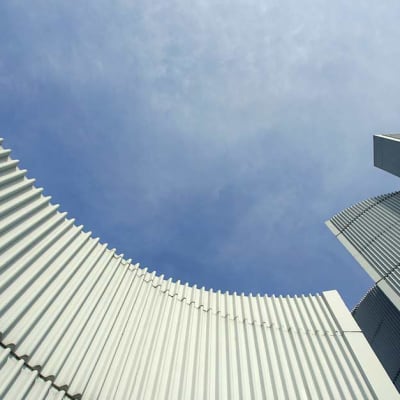MARKET REVIEW
April was a highly volatile month of trade developments that whipsawed the equity market, with volatility levels (VIX) last seen during the Covid crisis or GFC. The month opened with the “Liberation Day” tariff announcement by President Trump. Although expected, the scale, breadth and methodology associated with this announcement took investors by surprise. Equities, in particular US equities, came under pressure as recession fears increased, while US rates rose on the back of the perceived risk of tariff-led inflation pressure, and the USD weakened against most major currencies. Some of these initial knee-jerk reactions receded as the US administration announced a 90-day suspension for some tariffs to allow for a negotiation period with a dozen countries, while escalating trade tension with China further. In a stark reversal of past trends, US equities were the weakest and closed the month down, while equities from other key regions ended in positive territory.
The volatility surrounding significant events such as Liberation Day creates opportunities for us as bottom-up stock pickers – as the picture remains unclear, our decisions are made on a stock-by-stock basis rather than sector by sector.
PERFORMANCE COMMENT
The month of April saw the Future Electrification strategy outperform the index. The negative stock selection effect was offset by good sector allocation. The underweights in Energy and Health Care and overweight in Industrials contributed most to positive performance. Top performers were Cadence, Quanta and Vertiv, all of which delivered double-digit returns. Cadence (next-generation chip design) and Vertiv (liquid cooling) both delivered strong results on the back of increasing confidence in investment across the AI supply chain, from semis to powering data center solutions. Quanta, which builds out US infrastructure, continues to attract demand and has a strong backlog. On the downside, we saw Nextera weaken, given increased concerns around changing government appetite for renewables generation in the US. Elsewhere, Midea (an automation and high-efficiency appliance company) and Baidu (cloud and autonomous play) were weak on concerns about how these businesses would adapt to tariffs.
FUND ACTIVITY
The key development in the strategy in April was our continued focus on powering the AI supply chain, where we believe recent weakness has been unfounded, as shown by the recent strong results from both those spending the capex (Megacap tech) and those providing the kit (such as Vertiv). We continued to lean in on investments in this space, adding Lam Research (semi equipment) and Broadcom (networking as ASIC) to the strategy. We also added to ASML, a high-quality semis name, through selling BESI, where we were less confident in the near-term outlook. Elsewhere, we reduced our cyclical copper exposure and trimmed some Chinese names that had performed well despite increasing fears of trade wars
OUTLOOK
Despite facing cyclical headwinds, the secular trends driving the global electrification movement remain firmly intact. Over the last couple of years, numerous regulators and governments have implemented climate-related legislation. The US introduced the Inflation Reduction Act (IRA) in 2022, which was further clarified in 2023 through guidance issued by the US Treasury. These measures are expected to accelerate the growth of the clean energy sector in the US. In response, Europe introduced the Green Deal Industrial Plan in February 2023, followed by the NZIA in March 2023, with the goal of enhancing Europe's net-zero industry and supporting a rapid transition to climate neutrality. In late June 2023, the European Community announced the establishment of the Strategic Technologies for Europe Platform, aimed at promoting and increasing investment in critical technologies across Europe.
Despite the challenging performance of our key investment themes, we maintain a positive outlook on their long-term prospects. As interest rates are being lowered globally, apart from the specific case of Japan, the narrative over an economic soft landing is starting to take shape, potentially favouring a broadening of the equity market performance into 2025-2026. Our portfolio delivers superior growth and higher returns compared to the index, all while maintaining an attractive valuation. We believe that our diversified exposure to the global power system transition provides robust growth opportunities while mitigating downside volatility.
FUND STRATEGY
Electrification is poised to become one of the most transformative system changes in the history of capitalism, presenting one of the largest investment opportunities to date. The convergence of falling costs, significant efficiency improvements, and widespread accessibility is paving the way for numerous electrification tipping points. An estimated USD 24.5 trillion in capital expenditure is projected to be deployed over the course of this decade. We anticipate a substantial shift in revenue streams across various aspects of energy demand, supply, and enabling solutions.
Our investment strategy revolves around capitalising on opportunities arising from regulations, innovations, services and products that align with the transition to a more environmentally friendly, circular, leaner, inclusive and cleaner world. The key themes of our investment strategy encompass demand-side electrification, including mobility, building and industrial sectors. We also focus on green power supply, encompassing renewables, battery technology and related infrastructure such as cables. Additionally, we target electrification enablers, including critical components such as infrastructure, semiconductors and materials that support the electrification ecosystem.






